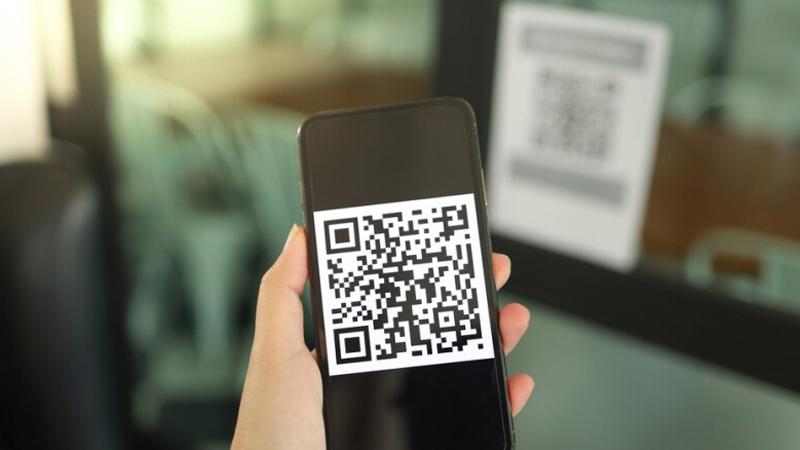
A QR code-based system will be implemented giving Samurdhi and other welfare beneficiaries better access to services. The code will act as proof of entitlement.
The system will also allow for centrally administered databases controlling disbursement thereby reducing the power of the person carrying out the entitlement assessment over those being assessed, said Treasury Secretary, K.M. Mahinda Siriwardana. The system will give physical documentation in the form of a QR code linked to the NIC card which can be issued when needed allowing the beneficiary to access services over the long term.
The government has placed this digitisation initiative under the Ministry of Finance as the ‘Identification of Eligible Persons/Families to receive Welfare Benefits Payments 2022’. The system was recently given publicity via the Treasury. The assessment will be based on the previous gazette ‘Methodology to Identify Low-Income Families for Welfare Benefit Payments’ under Gazette 2128/24 of June 20.
To combat the problem of illiteracy and political isolation of those living in extreme poverty the scheme has built-in safeguards.
The scheme places responsibility for information about each applicant on the field officers and the individuals providing information. The data will subsequently be made public alongside disbursement information to allow for public audit by interested parties. Individuals assessing applications will not be the same as those disbursing the funds.
Poverty will be assessed on six criteria. Factors concerning issues of education, health, economic level, assets, housing, and family demography will be tabulated and scored. The scheme isolates districts from each other allowing the program budget of each district to be allocated to the poorest individuals within that district.
The scheme will also allow for a varying degree of benefits alongside the weighted score across the six criteria levels of poverty.
Given the lack of documentation and the ability to maintain documentation for those living in extreme poverty the use of digitised and centrally maintained databases will help reduce dependence on other individuals to act as verifiers of the authenticity of their entitlement.
As was the case in India with Aadhar and bank account openings, the systems will be reformed to allow the public to access services. In line with fines for breach of compliance with the Financial Intelligence Unit, there will be fines for failing to serve eligible customers by the major banks.
To prevent the politicisation of the allocation of resources, all information about payments and application data will be maintained for audit. In the instance of an inability to complete the entire application, it will be the duty of the Grama Niladhari Officer to flag the system that there is an individual for whom the system of registration has not accounted for. It will be duty of the Department for the Registration of Persons to register that individual.
Proof of entitlement to services will be shared across government departments thereby allowing applicants to be eligible for non-monetary benefits as well.
